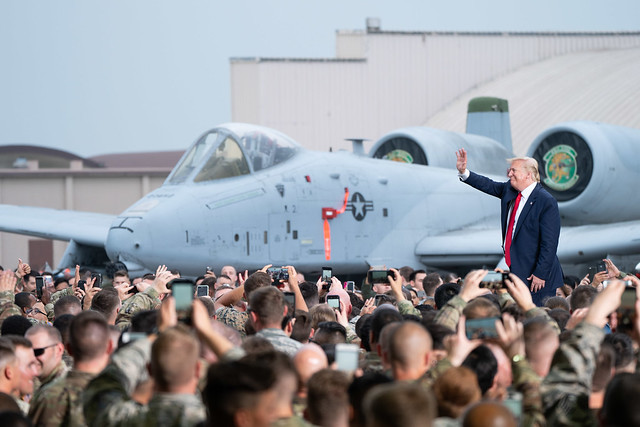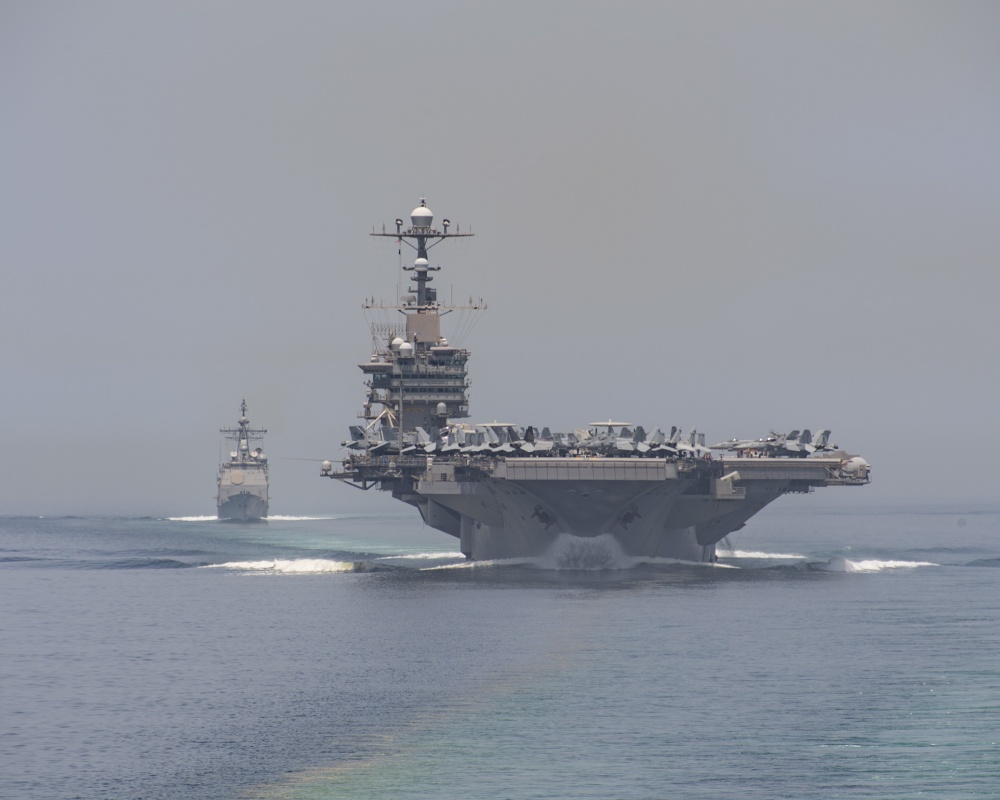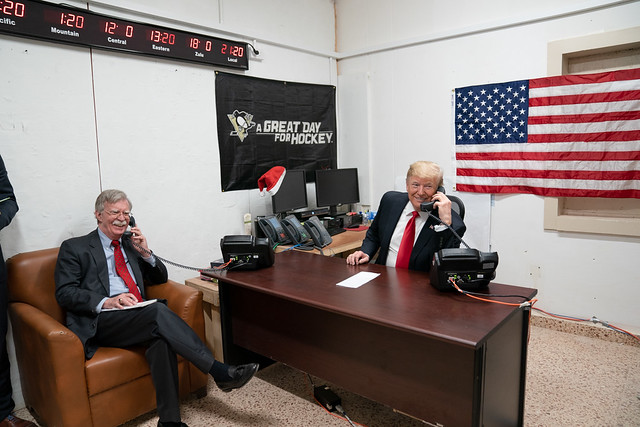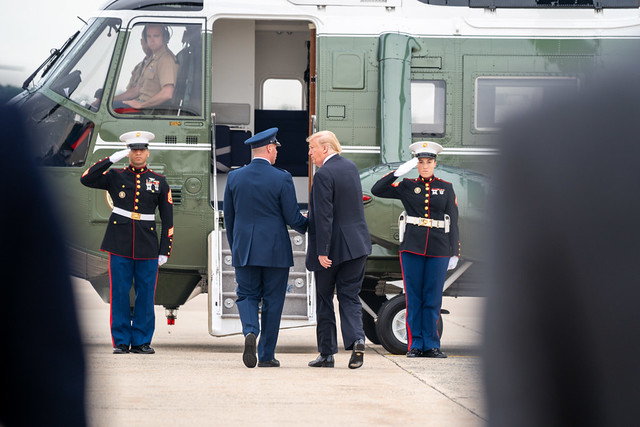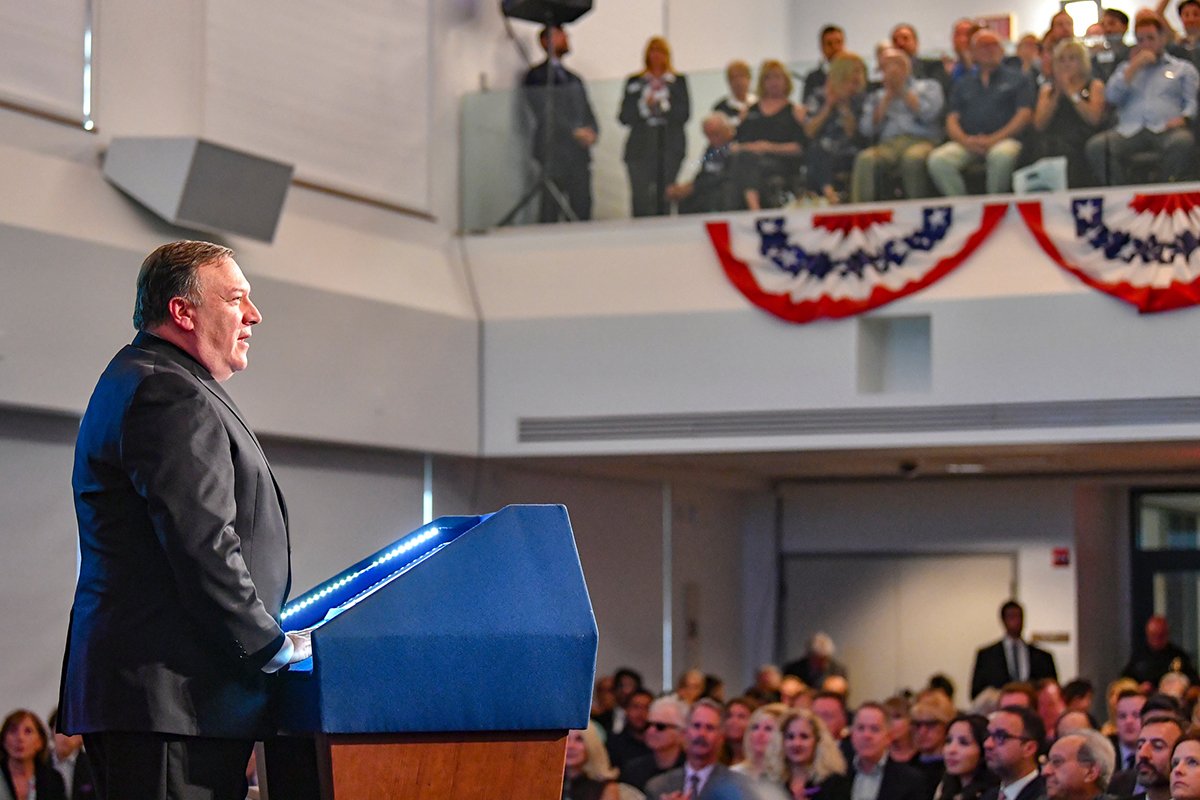Sanctions: the new economic battlefield
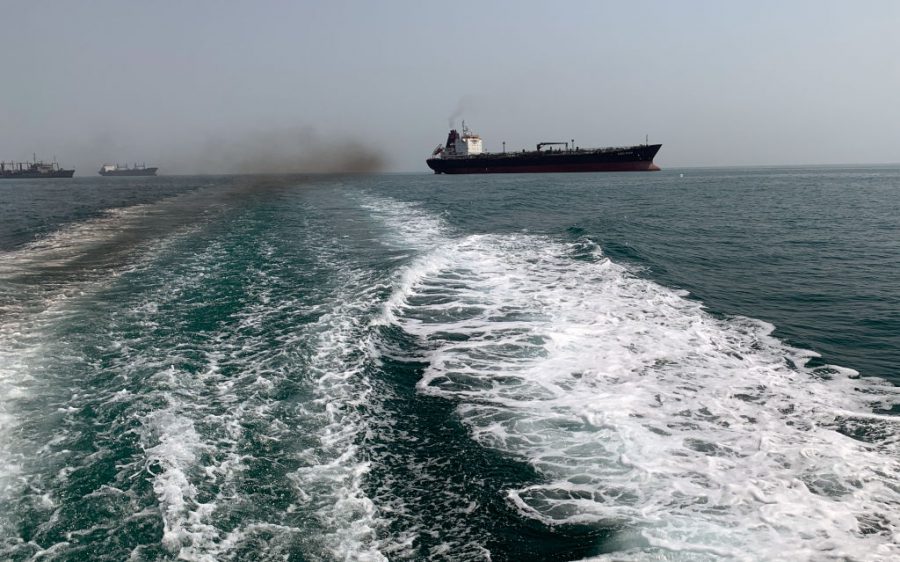
Economic warfare is being fought with an intensity not seen since the period leading up to World War II as countries deploy tariffs, embargoes and economic sanctions to force policy changes or punish their adversaries.
Free trade is coming off second best, and global trade has stalled. There’s been no growth in trade volumes since late 2017, contributing to a slowing world economy.
The World Trade Organization, as the upholder of global trading rules, looks increasingly impotent. Its resemblance to the League of Nations in the late 1930s will sharpen if, as is possible, the US withdraws in the lead-up to next year’s presidential election.
A rising tide of trade embargoes in the early 1940s was the catalyst for Japan’s bombing of Pearl Harbor and attacks in Southeast Asia to secure its supplies of rubber and oil.
While the escalation of tariffs between the US and China has been the greatest concern to economists and institutions like the International Monetary Fund, the use of economic sanctions is becoming increasingly aggressive and extends far beyond UN Security Council mandates.
The US regards its sanctions as having a global reach—any business defying a US sanctions regime against another country can expect to lose access to the US dollar as a means of payment and have any US financial assets frozen.
China, which doesn’t recognise US sanctions, is increasingly being caught in their web.
The US was able to ask Canadian authorities in December 2018 to arrest Huawei chief financial officer Meng Wanzhou, claiming Huawei controlled an Iranian trading company that had been shipping US goods to Iran in defiance of its sanctions.
A US appeals court on 30 July held that three Chinese banks were in contempt for failing to hand over to US authorities details of financial transactions involving goods destined for North Korea.
One of the banks, the Shanghai Pudong Development Bank (about the same size as the Commonwealth Bank), had been subpoenaed under the US Patriot Act to provide information on its dealings with a Hong Kong–based trading company and is now at risk of having all dealings with US correspondent banks banned.
That would be viewed by China as opening a third front in its conflict with the US, which started with tariffs, then escalated to the banning of technology exports and would now see the US using the global dominance of the US dollar to impose financial sanctions.
A week earlier, the US imposed sanctions on a Chinese oil trading business over allegations that it shipped crude oil from Iran. The Chinese government has said it doesn’t recognise the US sanctions and will continue importing Iranian oil. The sanctions mean the company is barred from foreign exchange, banking or property transactions involving US jurisdictions. It effectively prevents it from using US dollars to settle its trade.
Another example of the global reach of US sanctions in recent days was the order by Brazil’s supreme court that the state oil company, Petrobras, must refuel two Iranian cargo ships, which were loaded at a northern Brazilian port with corn exports. Petrobras had argued that the ships had brought Iranian fertiliser, which was banned under US sanctions, and feared it would become exposed to the sanctions if it refuelled the ships.
The worry is that sanctions can lead to open conflict. This risk has been highlighted by Iran, which has warned that if sanctions prevent it from selling oil, it will forcibly stop all oil shipping through the narrow Hormuz Strait.
The United Kingdom’s seizure of the Iranian oil tanker Grace 1 in the Strait of Gibraltar, which it claimed was heading for Syria in breach of European Union sanctions, was swiftly answered by the Iranian seizure of a British oil tanker, Stena Impero, in the Strait of Hormuz.
The co-chair of the EU’s foreign relations committee, former Swedish deputy prime minister Carl Bildt, challenged the British action:
The legality of the UK seizure of a tanker heading for Syria with oil from Iran intrigues me. One refers to EU sanctions against Syria, but Iran is not a member of the EU. And the EU as a principle doesn’t impose its sanctions on others. That’s what the US does.
One day before the British action, UK authorities in Gibraltar had passed a regulation authorising the seizure of shipping in territorial waters if it breached European sanctions.
Spanish authorities, who don’t recognise British sovereignty of Gibraltar and its territorial waters, claimed the British were acting at the behest of the US in pursuit of its sanctions against Iran. Certainly that was how the Iranians saw it.
Britain is ostensibly opposed to the US sanctions on Iran which were imposed after the Trump administration unilaterally withdrew from the Iran nuclear deal. The EU has been trying to keep that deal alive, promising Iran it will find ways to ease the economic pressure it is confronting.
It has devised a new payments platform to enable European companies to trade with Iran without falling foul of US sanctions. The platform, called Instex, enables payments to be made without going through banks which would be exposed to sanctions.
It is a virtual ledger that enables European companies importing and exporting with Iran to exchange payments with each other, mirroring exchanges by Iranian importers and exporters on the other side of the border. No actual euros have to be exchanged for Iranian rial. Russia, which is also exposed to US sanctions, is backing the Iranian deal.
Iran says the platform, which has so far been confined to food and pharmaceuticals, needs to start dealing with oil if it’s to keep the nuclear deal alive.
The virtual payments platform had to be created because the financial messaging service through which all global financial movements are transacted, the Society for Worldwide Interbank Financial Telecommunication (SWIFT), has buckled to the US sanctions and has banned all dealings with Iranian banks. SWIFT is based in Belgium, but it is cooperatively owned by 11,000 global banks and any dealings with Iran are transparent to US authorities.
Panama has also decided it doesn’t want to defy the US and has withdrawn the registration of around 60 Iranian ships. The Iranian ship seized by the British had its registration cancelled while it was en route. Without registration, a ship can’t obtain insurance and may be barred from entering ports.
Iran now says it has seized another oil tanker, while the US has imposed personal sanctions on Iran’s foreign minister, Mohammad Javad Zarif. Amid this escalating economic hostility, a diplomatic solution is not in prospect.

